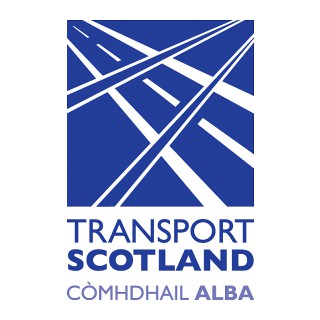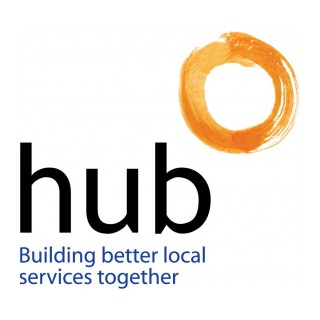The handover process between the construction and operational stages and the effectual transfer of structured information to the asset lifecycle stages delivers considerable value. Most organisations will require as part of their BIM strategy to transfer data created in the Project Information Model (PIM) to the Asset Information Model (AIM) and its associated software platforms such as a Computer Assisted Facilities Management (CAFM) or Asset Management System (AMS).
To effectively enable this, formal handover processes shall be documented in the Employers Information Requirements (EIR). The EIR shall define the structure, process and content of information to be exchanged during the project. Data should be defined and managed in a structured format to allow mapping to the AIM platforms.
The employer should define established, and well supported, information exchange formats such as:
COBie (Construction Operation Building information exchange) a schema devised in the US and adopted by the NIBS buildingSMART alliance in the US and buildingSMART UKI. It is, typically, a Microsoft Excel spreadsheet, but other spreadsheet applications may be used.
Note COBie is the default information exchange schema for BIM Level 2 projects and the Home Nations Working Group. It is recognised that in certain instances however that the COBie schema may not be sufficient to meet the needs of the asset information model or systems. In these circumstances another schema maybe applied to support information exchange but must be and defined in the Employers Information Requirements [EIR]. It is however essential for a BIM Level 2 maturity to be reached that a specified information exchange format be used if a BIM Level 2 maturity is to be reached.
BS 1192-4:2014 Collaborative production of information.
Fulfilling employer’s information exchange requirements using COBie. Code of practice outlines the UK usage of COBie, an internationally agreed information exchange schema for exchanging facility information between the employer and the supply chain.
This code of practice defines expectations for the exchange of information from construction into operational use for the client throughout the lifecycle of a Facility. COBie provides a common structure for the exchange of information about new and existing Facilities, including both buildings and infrastructure. The use of COBie ensures that information can be prepared and used without the need for knowledge of sending and receiving applications or databases. It ensures that the information exchange can be reviewed and validated for compliance, continuity and completeness.
It is also important that the as-constructed model be verified for completeness and accuracy prior to transfer. The employer should consider laser scan surveys and point clouds to help this process.
The Soft-Landings process and the involvement of the operational team from the earliest opportunity in the creation of the Asset Information Requirements AIR is essential to ensuring success in both defining information OpEx requirements and ultimately the data transfer to the AIM.






